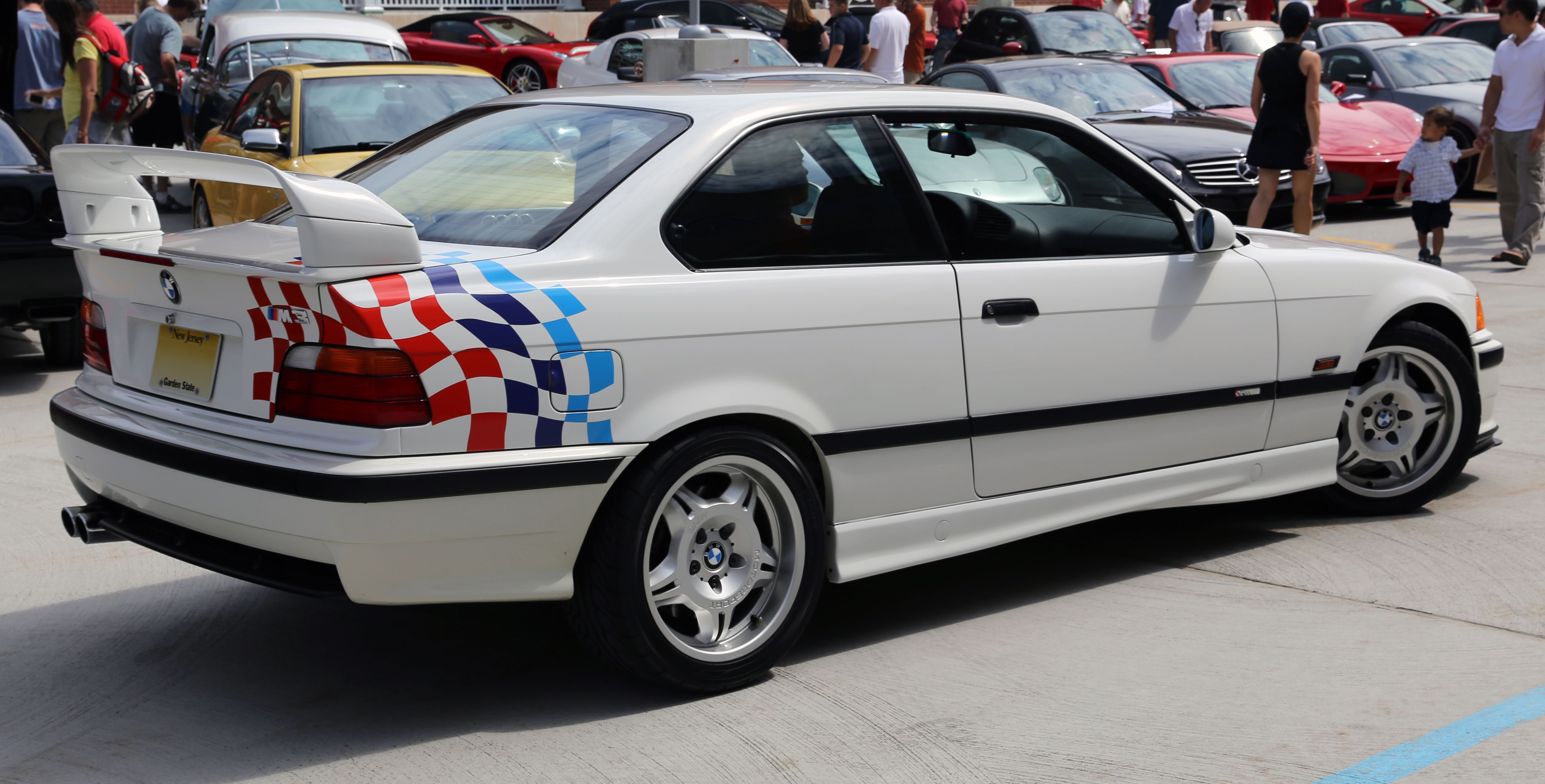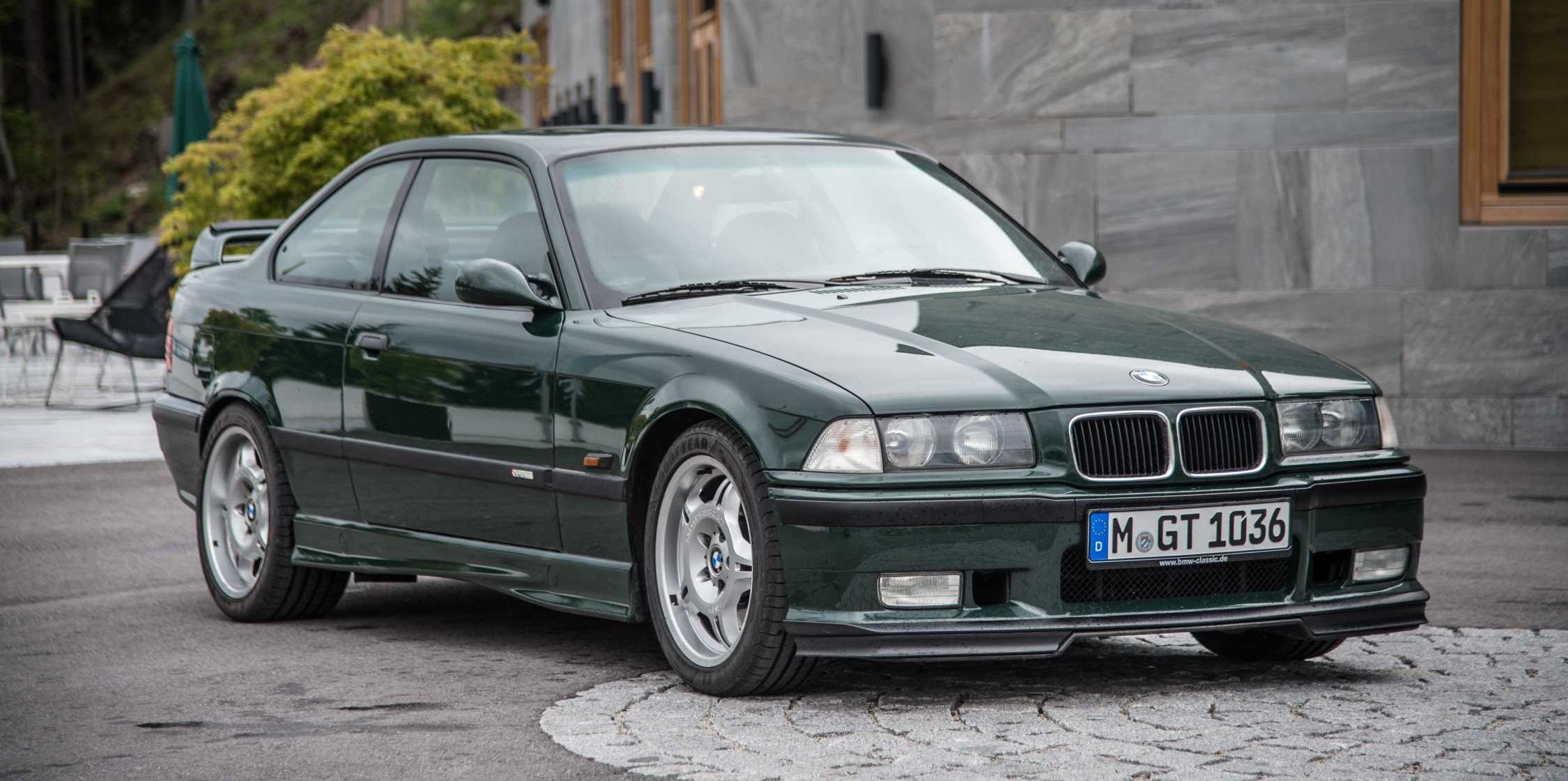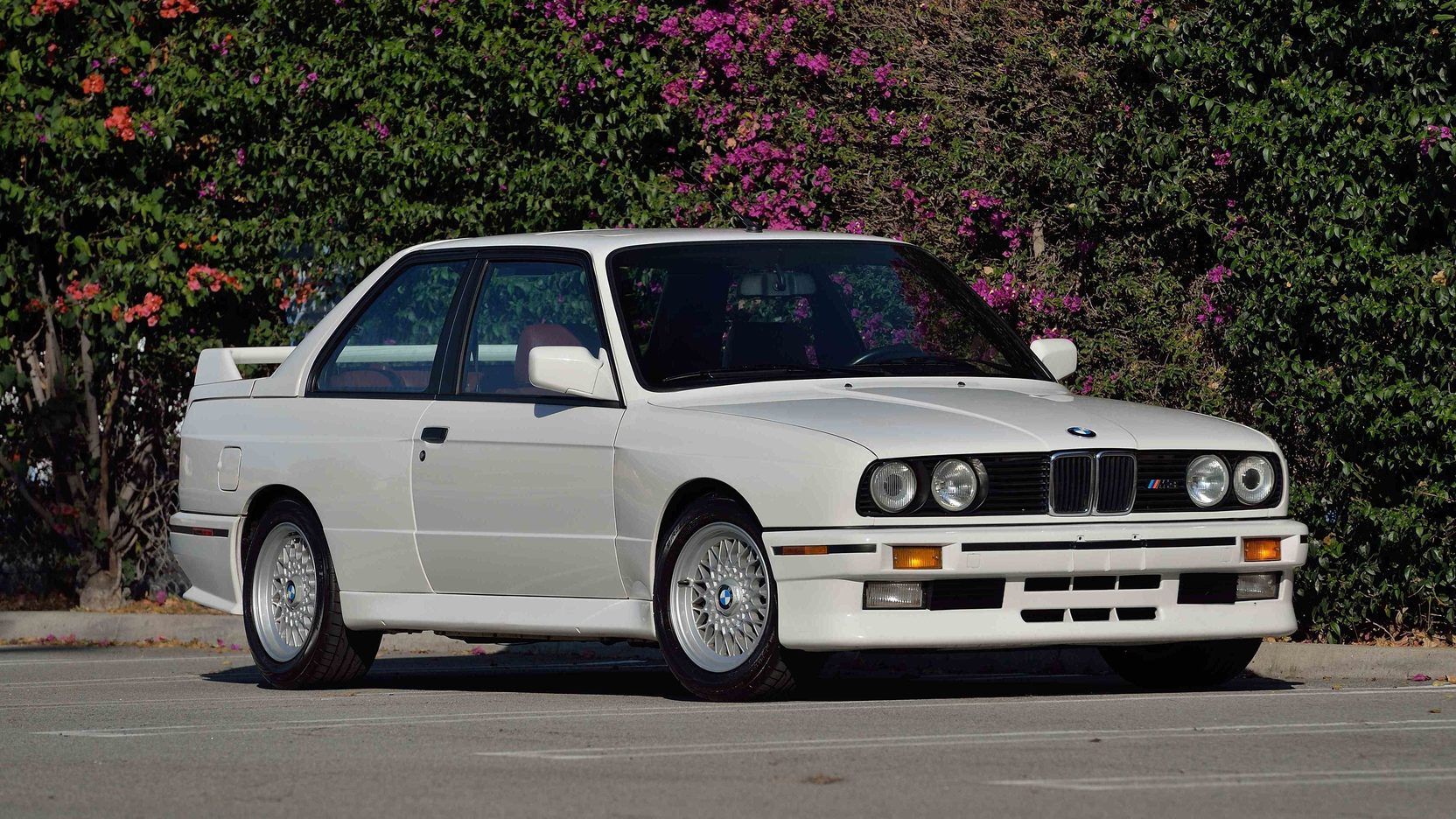BMW is no stranger to producing special editions of their M cars. From the E46 CSL and GTR to the E92 GTS, these rides are produced in low quantities and demand a premium price.
The E36 generation gained three special editions, namely the Evolution Imola Individual, GT, and the Lightweight, the only one to sell in the United States. As a homologation special, the Lightweight was introduced in 1995 with 100 units being promised; it is believed that 126 were made.
Selling only in Alpine White with a distinctive flag decal, the car quickly gained legendary status. BMW's engineers cut 200 lbs from the overall weight of the car by removing driver comforts such as a radio, air conditioning, sunroof, and insulation. While stripped-back cars seem normal now after successive generations of the 911 GT3, in the '90s, this was almost unheard of.
Let's take a closer look at the 1995 BMW M3 Lightweight.
The Standard E36 M3 Was No Slouch
Initially, it was introduced in 1992 as a coupé with a 3.0-liter inline-six, driving the rear wheels with 282 HP. In Europe, it weighed in at only 3,340 lbs. US spec cars followed in 1995 and were less powerful than their European counterparts.
This generation of M3 is often neglected, living in the shadow of the critically acclaimed E46 and the romanticized E30 before it.
However, as prices of other M3s have risen sharply, the E36 remains attainable and, as a result, over the last decade, has been tuned and used for everything from the track, drifting to the street. The Lightweight's curb weight was 2,950 lbs, ensuring greater handling dynamics.
A Racing Past
The E36 Lightweight was BMW's attempt to live up to their racing heritage. The outgoing E30 was initially produced in order to homologate the car for DTM and Group A touring regulations.
Infamously, the E30 M3 shared very little in common with the standard 3 Series of the time; only the roof, sunroof, bonnet, and inner door panels were a match. All other parts were replaced for lighter and more powerful alternatives.
Sporting an inline-four engine and five-speed manual, the E30 is given a run for its money by most hatchbacks. But it is frequently listed in lists of best driver's cars and iconic racing cars.
On the track, it won almost all touring car championships that it entered, despite Mercedes' best efforts. This history means that the E36 Lightweight must be compared to the E30 and its special editions. The M3 placed well in GT classes throughout the late 1990s, winning BMW the manufacturer's championship.
Here's What A 1995 BMW M3 Lightweight Costs Today
The E36 Lightweight commands a huge premium. In 2020, Paul Walker's sold for $350,000. Without the name of a Hollywood star attached, they do become more affordable, however.
Last year an example that needed a complete refurbishment sold for $16,000. When one comes up for sale in decent condition, they can be found for $80,000, but they are appreciating rapidly with examples selling for in excess of $120,000.
A regular E36 Coupe currently sells for, in the region of $20,000; a sedan or a convertible goes for between $15,000 and $16,000. With a markup of $1,000 dollars for every kilogram saved, the 1995 E36 Lightweight is expensive but an icon within BMW's history.


-.jpeg)

